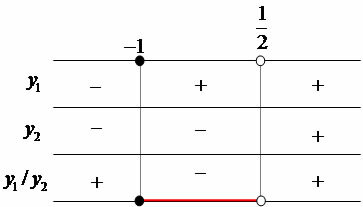Palindromes

Do you know what a capicua or palindrome number is? These are numbers that can be read in the same way, regardless of the sense being read, keeping their value unchanged. The numbers:
555, 323, 22522, 101, 999 are examples of palindromes.
Interestingly, this relationship of perfect symmetry can be noticed even in dates. Look:
02/20/2002 → read backwards also remains unchanged.
In terms of date, look at the next palindrome:
At 9:12 pm on December 21, 2012 → 9:12 pm 12/21/2112
Is it a coincidence or just a math whim?
Notice the sentences below
"The uncle and eight Marias left."
"Help me, I got on the bus in Morocco!"
"After the soup"
"Blue light"
Read backwards. Another example of perfect symmetry.
Friends numbers

Do you know what friendly numbers are? Two numbers are called friends if each is equal to the sum of the other's proper divisors.
A number's proper divisors are all of its positive divisors except itself.
An example of friendly numbers are 220 and 284.
See:
The proper dividers of 284 are 1, 2, 4, 71, 142.
1+2+4+71+142 =220
The 220 proper dividers are 1, 2, 4, 5, 10, 11, 20, 22, 44, 55, 110.
1+2+4+5+10+11+20+22+44+55+110 = 284
The discovery of this pair of numbers is attributed to Pythagoras, the famous Greek mathematician.
There was a lot of superstition surrounding this pair of numbers, and these played an important role in magic, astrology and horoscope determination.
Other friendly numbers were discovered over time. Today all friendly numbers below 1 billion are known. How about finding one of them?
By Marcelo Rigonatto
Specialist in Statistics and Mathematical Modeling
Kids School Team



